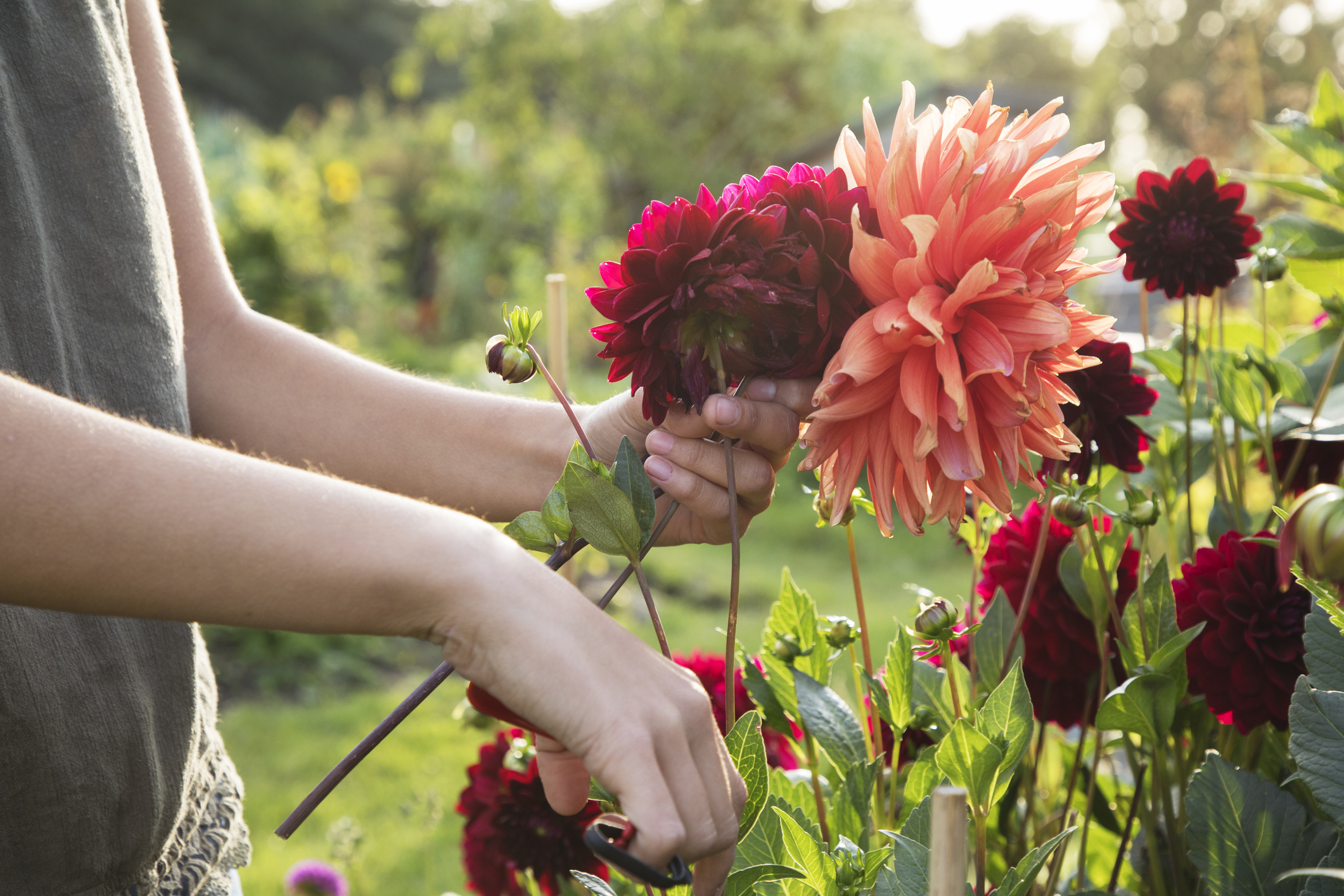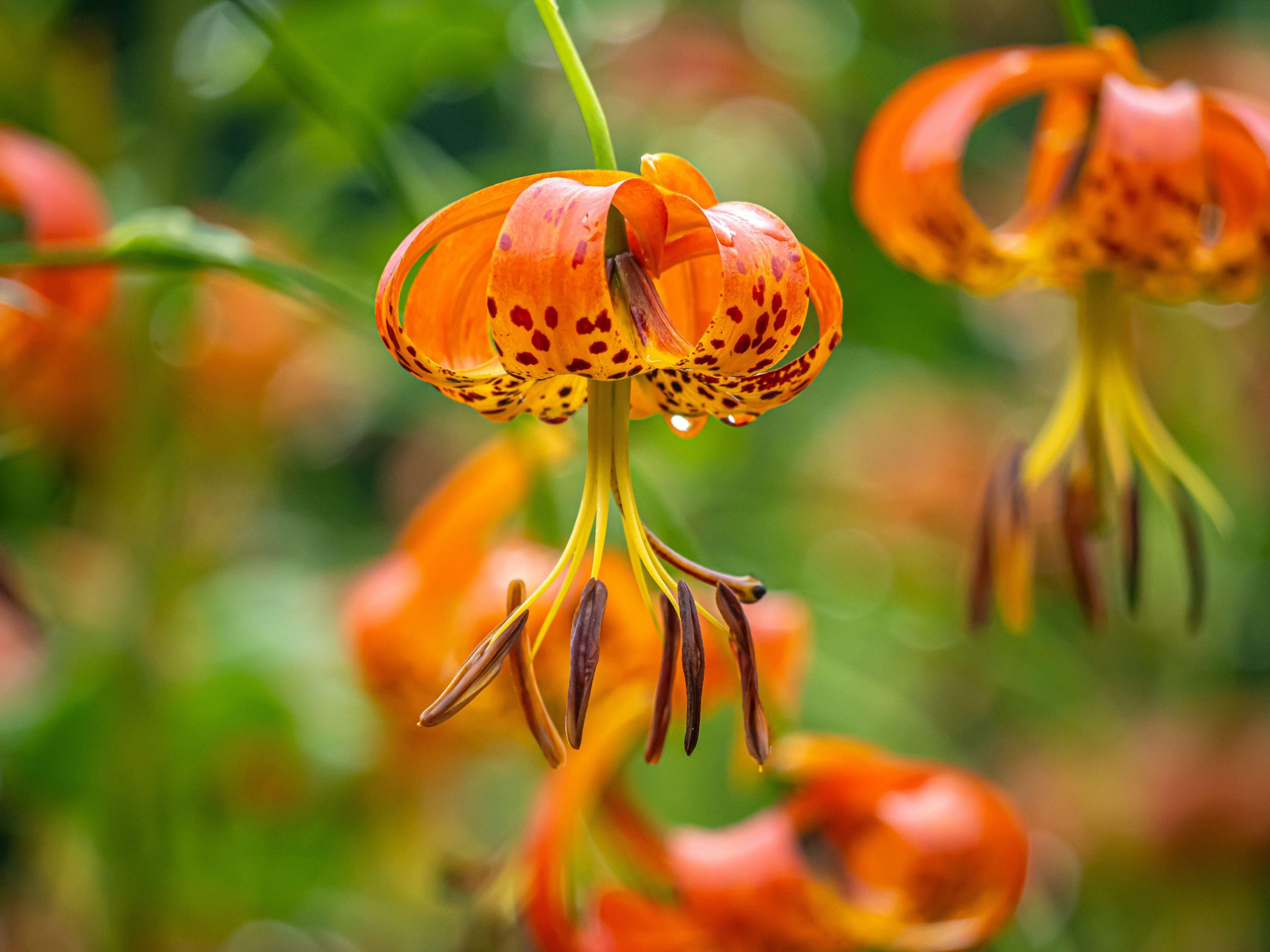The case of the disappearing dahlias
John Hoyland of the gardens at Glyndebourne on how to plug the gaps of those flowers that didn't make it through the winter.

Who didn’t lose plants last winter? Most of our dahlias disappeared. I leave them in the ground knowing that most years they’ll come through unscathed, but accept that, occasionally, we’ll lose them. I’m not too disheartened, because I always lose fewer this way than if I go through the palaver of lifting, drying and storing the tubers only to find, come spring, either mice or mould have finished them off.
I won’t be replacing the dahlias this year, but have filled the gaps with summer-flowering bulbs. When I realised the tubers had rotted, I was lured to the summer-bulb catalogues sitting on my desk, full of temptations. None of the bulbs have the long-season impact of dahlias, but they’ll bring a lot of fizz to the border and ring the changes without me having to do the work of sowing annuals or waiting for perennials to bulk up. Bulbs are like little parcels of flowers, ready to burst open with a minimum of fuss.
I ordered lots of lilies, of course, and tried for a range that will form a relay through the year, starting with varieties of the Turk’s cap lily, Lilium martagon. I already have healthy colonies of the species whose deep-raspberry Turk’s cap flowers will be appearing in June. There are at least a dozen flowers on a stem, so they always look impressive. Joining them this year will be a couple of new cultivars, Lilium martagon ‘Fairy Morning’, with pink and amber flowers, together with L. ‘Claude Shride’, with mahogany-red petals dusted with gold. It has quickly become very popular and, having admired it elsewhere, I’m looking forward to finally seeing it in my garden.
Another Turk’s cap type, Lilium henryi, will flower in August. It gets to about 5ft tall and I’ve planted a dozen bulbs among plants of Salvia ‘Purple Majesty’. The apricot flowers of the lily dangling above the dark-purple sage should paint a striking picture. During July, the bright-white trumpets of L. longiflorum ‘White Heaven’ will sparkle. Yes, there will be lily beetles, but the scarlet fiends are plain to see and satisfyingly easy to squash.

I couldn’t resist adding some of the pineapple lilies, Eucomis, to the bulb order. The tall species, Eucomis poleevansii, enjoys my garden, so I’m planting two hybrids. ‘Reuben’ promises 2ft stems covered with starry pink flowers, whereas, on ‘Cornwood’, the blooms are creamy white with a purple centre. After flowering, the plants remain attractive, with the stems covered in fat seed pods.
The tall, upright gladioli are too severe to plant in mixed borders, but the smaller hybrids are much more companionable. A dwarf form, about 2ft tall, Gladiolus ‘Charm’ has soft pink flowers on narrow stems and should flower for a few weeks in midsummer. To be effective, it needs to be planted in clumps of at least 30 corms. To spice up the border later in the summer, I’ve added Gladiolus ‘Flevo Cool’, part of a family of flamboyant Gladioli bred in The Netherlands by the Snoek family. The cream petals have a wide mauve band and a raspberry centre — not a colour scheme for the faint hearted.
These two gladioli are said to be fairly hardy, but I think it unlikely that they will survive the winter outdoors. One group that certainly won’t come through is the Watsonias, South African plants that resemble a cross between a crocosmia and a gladiolus. Although they thrive in the benevolent climate of Tresco on the Isles of Scilly, I will have to dig them up and mollycoddle them through the winter. Nevertheless, I’m keen to enjoy their late-summer vibrancy.
Exquisite houses, the beauty of Nature, and how to get the most from your life, straight to your inbox.
In the dampest parts of the garden, I’ve planted several groups of Galtonia candicans, another South African native that favours sunny sites, but also needs plenty of moisture. I value their fresh green foliage and crisp white bell flowers, a refreshing combination that is most welcome by the end of July when they start flowering. They will seed themselves and produce flowers in only a couple of years, but a harsh winter will see them off.
Whatever next winter throws at us, I know that, come the following spring, I’ll be looking, once again, at gaps left behind by the bulbs that didn’t survive. But what that means is that I’ll be able to grow something else in their place. Dahlias, probably.
John Hoyland is gardens adviser at Glyndebourne, East Sussex